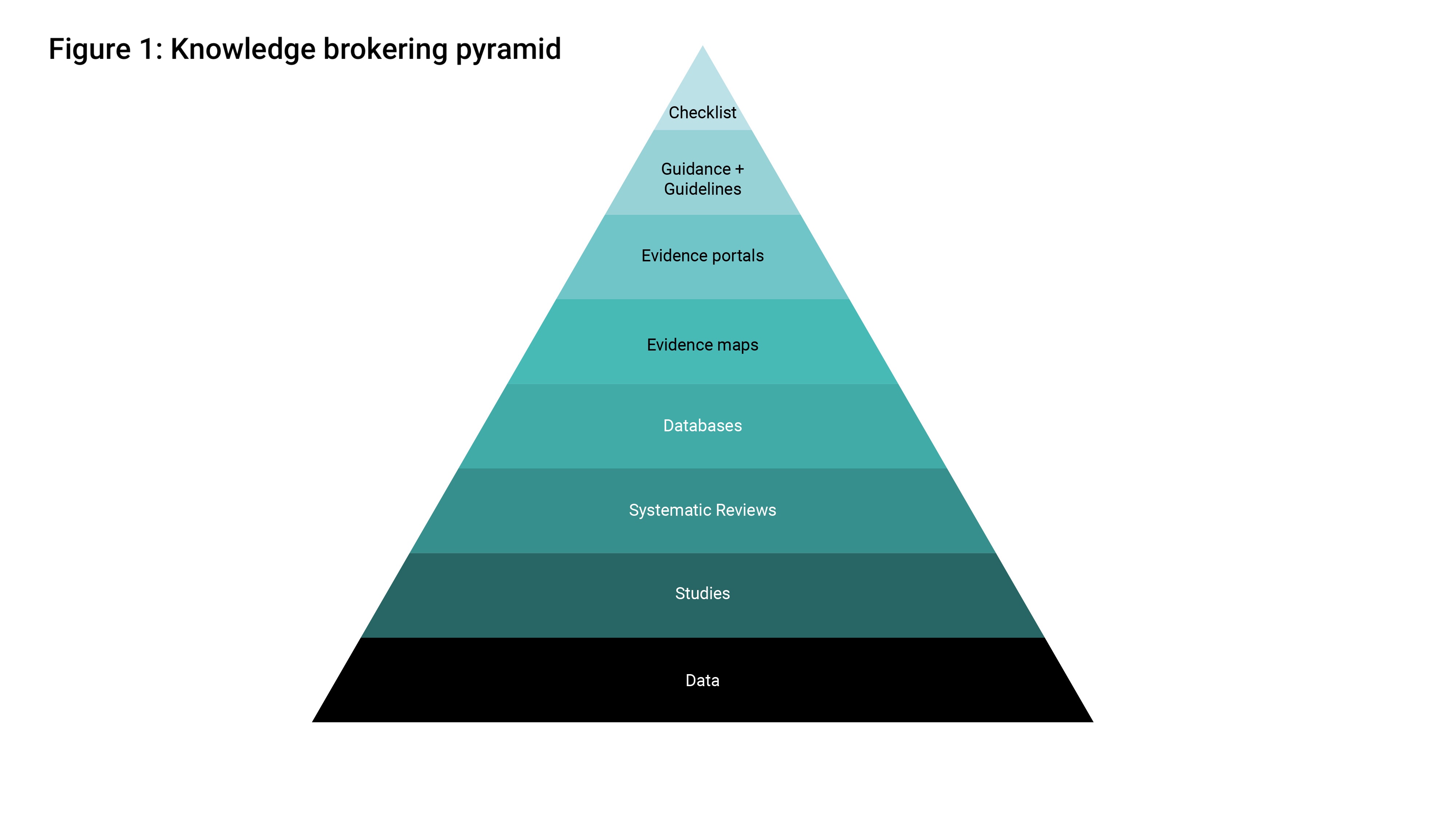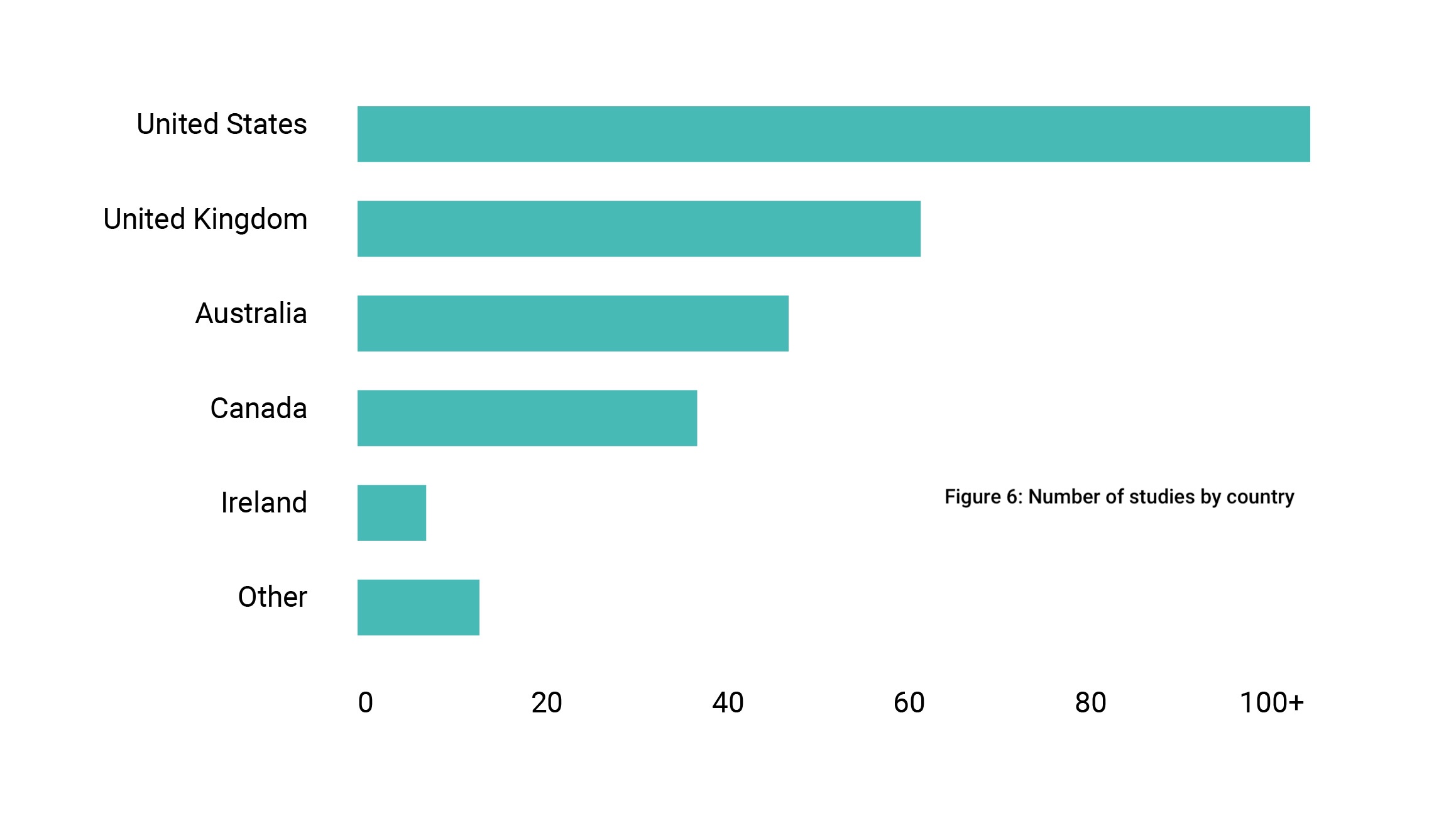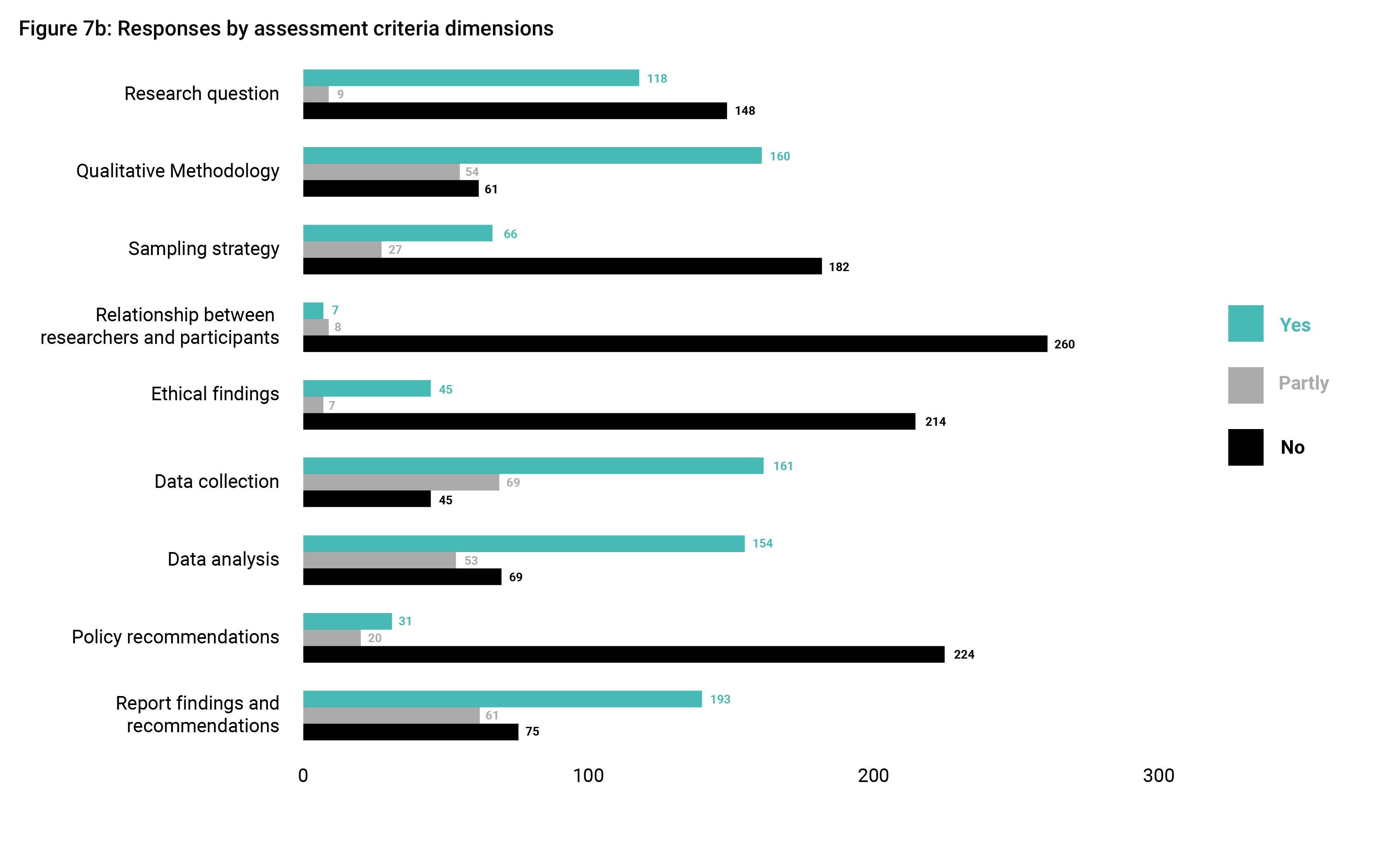Evidence and Gap Maps Implementation: Second Edition
Outline of the Study
This study is the second edition of the Implementation Issues Evidence and Gap Map (EGM). This study provides the world's first systematic global mapping focused on implementation issues relating to homelessness interventions. This edition presents findings from 275 process valuations.
The homelessness intervention EGM represents a methodological innovation - being the first EGM to focus specifically on qualitative implementation studies.
The EGM includes nine intervention categories and five implementation issue categories , to set out implementation challenges in homelessness services. This provides valuable high-level insight into understanding what makes homelessness interventions succeed or fail in practice. The study assists policy makers, practitioners and commissioners of research to access available evidence and to target future homelessness prevention investments more quickly and strategically.
Findings in Brief
- The EGM indicates there is a substantial evidence base: including 275 implementation studies globally and 63 new studies added since the 2018 first edition. There has been a rapid growth in implementation research, with 25 - 30 studies published annually between 2014 - 2019
- Most studies are from North America (104 studies from the USA, 38 from Canada). However, the UK’s contribution (73 studies, 27%) is a much higher proportion than in the EGM of effectiveness studies (26 studies, 6.5%)- highlighting its strong tradition of qualitative homelessness research
- Services and outreach represent 162 (59%) of studies. Accommodation-based approaches represent 151 (55%) of studies. Case management is the most studied intervention (66 studies), followed by Housing First (57 studies)
- There are identified research gaps around: communication (only 17 studies), legislation (17 studies), and financing (14 studies)
- On average, each study identified 8 supporting factors and 6 hindering factors (14 total per study), demonstrating that no single factor determines an intervention’s success or failure
- The most commonly mentioned implementation issues relate to programme administrators (79% of studies), service users (70% of studies), staff (46% of studies), and policymakers (41% of studies)
- The context may determine if factors hinder or facilitate implementation. Adequacy of resources is considered a barrier in 186 studies and a facilitator in 152 studies. Housing market conditions, welfare support and labour market conditions are more commonly viewed as barriers than facilitators
- Staff and service user buy-in is considered crucial by policymakers, programme administrators, staff, and service users
- The frequency of coordination and communication issues across multiple categories, highlights the need for effective joint working between organisations
- 189 studies (almost 70%) (189) are rated as ’low confidence’ in findings - linked mainly to their lack of ethical considerations and policy-level recommendations.
Recommendations in brief
- Improve research quality standards: Enhance process evaluation methodology and reporting, by ensuring studies discuss ethical considerations, researcher-participant relationships, and policy recommendations
- Continue to utilise EGMs to identify key evidence gaps and to inform commissioning of new trials
- Focus research on understudied areas: financing, employment, legislation and communication interventions
- Commission systematic reviews of process evaluations, to synthesize existing evidence in well-researched areas and improve granular understanding of studies contained in this review
- Seek to address resource constraints by ensuring that interventions to prevent homelessness are allocated sufficient time, staff and budget
- Develop targeted approaches to build buy-in among policymakers, programme administrators, staff, and service users
- Develop communication and joint working between organisations
- Consider housing and labour market conditions when designing and implementing interventions
- Create practical tools and guidelines based on EGM findings, to help practitioners avoid common implementation pitfalls
- Develop and promote quality standards for process evaluations, to improve the reliability and usefulness of implementation research
- Use EGMs to identify priority areas for systematic reviews and evidence synthesis
- Provide regular updates of EGMs, to capture new developments in the field.












.jpg)

